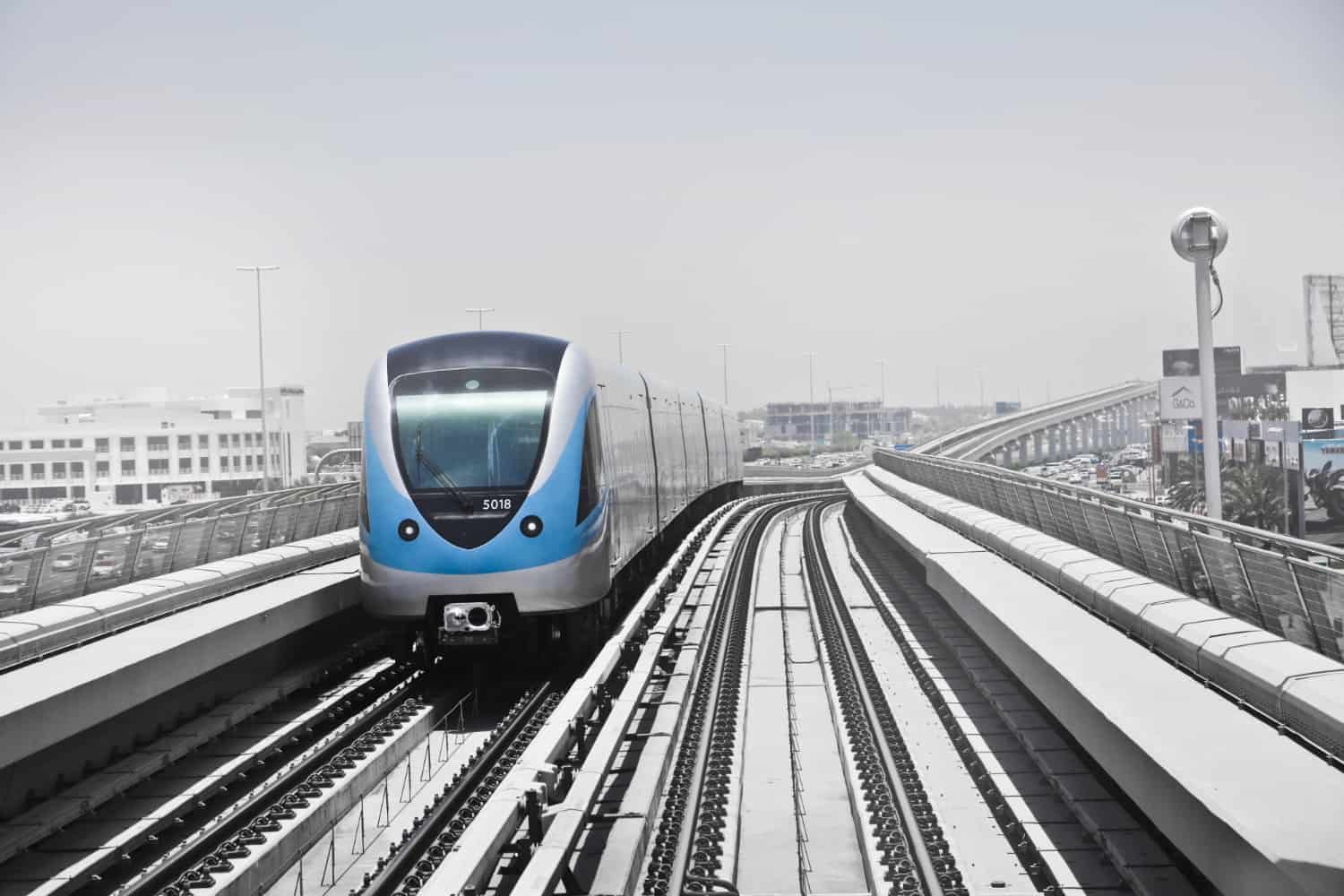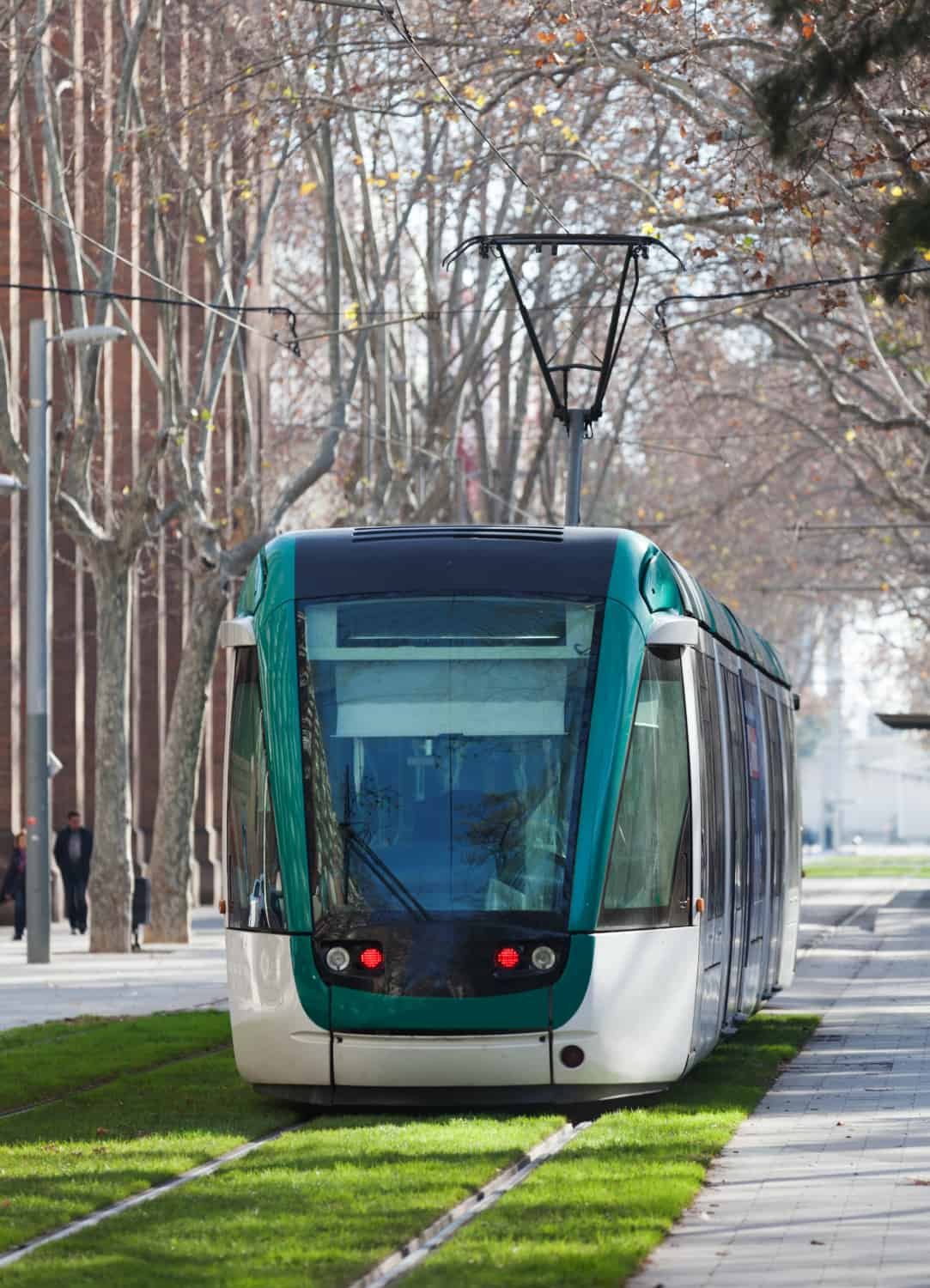As the world grapples with the challenges of climate change, the transportation sector has emerged as a key contributor to greenhouse gas emissions. While electric cars have been touted as a solution, the reality is that they are not enough to tackle the problem on their own. For a truly sustainable future, we need to electrify public transportation systems as well.
Cities around the world are already taking steps to make their public transportation systems more sustainable. From electric trams and buses to cable cars and ferries, there are many options for electrifying public transportation. These solutions not only reduce greenhouse gas emissions but also improve air quality and reduce noise pollution in urban areas.
By electrifying public transportation systems, we can make a significant impact on reducing greenhouse gas emissions and create a more sustainable future. However, there are still many challenges to overcome, including the high upfront costs of electrifying existing infrastructure and the need for reliable and affordable energy sources to power these systems. Nonetheless, the benefits of electrifying public transportation are clear, and it is a necessary step towards a more sustainable future.
The Importance of Electrifying Public Transportation
Electrifying public transportation is critical to reducing emissions, saving costs, and improving air quality. The transportation sector is a significant contributor to greenhouse gas emissions, and public transportation accounts for a considerable portion of this. According to the International Energy Agency, the transportation sector accounts for 37% of global energy-related CO2 emissions in 2021.
Reducing Emissions
Electrifying public transportation can help reduce emissions significantly. Electric buses, for example, emit no tailpipe emissions, which can help reduce air pollution in urban areas. Additionally, electric buses generate up to 8 times less greenhouse gas emissions than diesel buses. By transitioning public transportation systems to electric vehicles, cities can help achieve their climate targets and reduce their carbon footprint.
Cost Savings
Electrifying public transportation can also save costs in the long run. Although electric vehicles may have a higher upfront cost, they have lower operating and maintenance costs compared to diesel vehicles. Electric buses, for example, have fewer moving parts and require less maintenance than diesel buses. Additionally, electric buses have lower fuel costs, which can help reduce the overall cost of operating a public transportation system.
Improving Air Quality
Diesel buses and other forms of public transportation contribute to air pollution in urban areas, which can have adverse health effects on residents. By electrifying public transportation, cities can improve air quality and protect public health. Electric buses emit no tailpipe emissions, which can help reduce air pollution in urban areas. Additionally, electric buses are quieter than diesel buses, which can help reduce noise pollution in urban areas.
In conclusion, electrifying public transportation systems is critical to reducing emissions, saving costs, and improving air quality. By transitioning to electric vehicles, cities can help achieve their climate targets, reduce their carbon footprint, and protect public health. Governments can help accelerate the transition to electric vehicles by providing subsidies for electric buses, investing in charging infrastructure, and setting targets for transitioning to electric vehicles.
Electric Buses and Trams
Electric buses and trams are becoming increasingly popular as cities look to reduce their carbon footprint and improve air quality. They offer a number of benefits over traditional diesel-powered vehicles, including improved energy efficiency, reduced noise pollution, and lower operating costs.
Energy Efficiency
Electric buses and trams are far more energy-efficient than their diesel counterparts. According to a study by the International Energy Agency, electric buses can be up to four times more energy-efficient than diesel buses, and electric trams can be up to six times more energy-efficient than diesel trams. This means that they require less energy to operate, which can translate into lower operating costs and reduced greenhouse gas emissions.
Regenerative Braking
Another advantage of electric buses and trams is regenerative braking. Regenerative braking is a technology that allows the vehicle to recover energy that would otherwise be lost during braking and store it in the battery for later use. This not only improves energy efficiency but also reduces wear and tear on the brakes, resulting in lower maintenance costs.
Trackless Trams
Trackless trams, also known as guided buses, are a type of electric public transport that combines the flexibility of buses with the efficiency of trams. They use rubber tires instead of steel wheels and can run on any road surface, making them ideal for cities without dedicated tram tracks. They also offer the same energy efficiency and regenerative braking benefits as traditional trams.
In conclusion, electric buses and trams offer a number of benefits over traditional diesel-powered vehicles, including improved energy efficiency, reduced noise pollution, and lower operating costs. With the rise of trackless trams, cities without dedicated tram tracks can also enjoy the benefits of electric public transport.
Electric Scooters and Bikes
Electric scooters and bikes are becoming increasingly popular in urban areas as a form of micromobility. They are affordable, environmentally friendly, and convenient for short trips. Electrifying these modes of transportation can further reduce carbon emissions and improve air quality.
Micromobility
Micromobility refers to small, lightweight vehicles that are designed for short trips. Electric scooters and bikes fall under this category. They are ideal for trips that are too far to walk but too short to drive. By electrifying these modes of transportation, we can reduce our reliance on fossil fuels and decrease our carbon footprint.
Recharge Highways
Recharge highways are a network of charging stations that are strategically placed along major roads and highways. These stations allow electric scooters and bikes to recharge quickly and efficiently. This infrastructure is essential for the widespread adoption of electric micromobility.
In addition to recharge highways, companies are also exploring innovative solutions such as swappable batteries. This technology allows riders to swap out their depleted battery for a fully charged one at designated stations, eliminating the need for charging infrastructure.
Overall, electrifying electric scooters and bikes is a critical step in reducing emissions and improving air quality in urban areas. As the popularity of micromobility continues to grow, it is important that we invest in the necessary infrastructure to support this mode of transportation.
Government Policies and Incentives
In order to promote the electrification of public transportation systems, governments around the world are implementing various policies and incentives. These policies are designed to encourage the adoption of electric vehicles (EVs) in the public transportation sector, reduce greenhouse gas emissions, and improve air quality in urban areas. In this section, we will discuss some of the most important government policies and incentives that are driving the electrification of public transportation systems.
Charging Network Policy
One of the most important policies for promoting the electrification of public transportation systems is the implementation of a comprehensive charging network. Governments are investing in charging infrastructure to ensure that EVs have access to charging stations wherever they are needed. This is particularly important for public transportation systems, which require a reliable and efficient charging network to ensure that vehicles are always available for service.
National EV Charging Network
Governments are also implementing policies to create a national EV charging network. This network will provide a seamless charging experience for EV drivers, regardless of where they are in the country. This is important for public transportation systems, which often operate across multiple cities or regions.
Rebates
Many governments are offering rebates for the purchase of EVs. These rebates are designed to make EVs more affordable for consumers and encourage the adoption of electric vehicles. This is particularly important for public transportation systems, which often require significant upfront investment to purchase new vehicles.
Emission Reductions Policy
Governments are implementing policies to reduce greenhouse gas emissions from the transportation sector. This includes policies to promote the adoption of electric vehicles and reduce the use of fossil fuel engines. This is important for public transportation systems, which are often major contributors to urban air pollution.
Regulations
Governments are also implementing regulations to promote the adoption of electric vehicles in the public transportation sector. These regulations include emissions standards, fuel efficiency standards, and other policies designed to reduce the use of fossil fuels in the transportation sector.
Incentives
In addition to rebates, governments are offering other incentives to promote the adoption of electric vehicles. These incentives include tax credits, grants, and other financial incentives designed to make EVs more affordable for consumers. This is particularly important for public transportation systems, which often require significant upfront investment to purchase new vehicles.
Overall, government policies and incentives are playing a critical role in promoting the electrification of public transportation systems. By investing in charging infrastructure, creating a national EV charging network, offering rebates and incentives, and implementing regulations to reduce emissions, governments are creating an environment that is conducive to the adoption of electric vehicles in the public transportation sector.
Future of Electrified Public Transportation
As the world continues to grapple with the challenges of global warming, electrification of public transportation systems is increasingly becoming a priority for governments, transit agencies, and commuters. The future of electrified public transportation is bright, with advancements in battery technology, renewable energy, and smart sensors driving innovation and improving the efficiency of public transit systems.
Battery Technology
Battery technology is a crucial component of electrified public transportation. The development of high-capacity batteries has enabled the creation of electric buses, trains, and even ships. The Nissan Leaf, for example, has a battery capacity of 40 kWh, which can power the car for up to 150 miles on a single charge. Similarly, electric buses can now travel up to 300 miles on a single charge, making them a viable alternative to diesel buses.
Renewable Energy
Renewable energy is another key component of electrified public transportation. Solar, wind, and hydroelectric power can be used to generate electricity to power public transit systems. Chile, for example, is using solar power to run its subway system, while Shenzhen, China, has replaced all of its diesel buses with electric ones. The IPCC has identified renewable energy as a critical tool for reducing carbon emissions and mitigating the effects of global warming.
Smart Sensors
Smart sensors are also driving innovation in electrified public transportation. These sensors can be used to optimize routes, improve passenger comfort, and reduce energy consumption. For example, smart sensors can adjust the temperature and lighting in a bus or train based on the number of passengers on board. They can also be used to detect traffic congestion and suggest alternative routes to reduce travel time.
Incentives and government policies are also playing a significant role in promoting electrified public transportation. For example, Bogotá, Colombia, has implemented an extensive bike lane network to encourage cycling and reduce traffic congestion. Santiago, Chile, has introduced subsidies for electric vehicles and charging infrastructure to promote the adoption of EVs. Farmers are also benefiting from electrified public transportation, with battery-electric tractors and other farming equipment reducing the reliance on fossil fuels.
In conclusion, electrified public transportation is the future of sustainable transportation. It offers a clean, efficient, and cost-effective alternative to diesel buses, trains, and ships. With advancements in battery technology, renewable energy, and smart sensors, electrified public transportation is becoming more accessible and practical than ever before.



